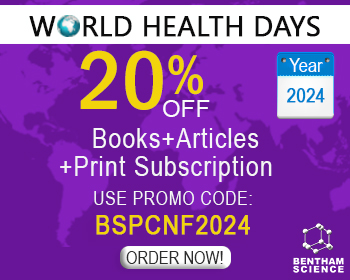Abstract
Blood vessels are highly organized and complex structure, which are far more than simple tubes conducting the blood to almost any tissue of the body. They are able to autonomously regulate the blood flow, thus providing the tissues an optimal support of oxygen and nutrients and an efficient removal of waste products. In higher organisms, the blood vessel forms a closed circuit system, which additionally has the ability to seal itself in case of leakage as a result of injury. The blood vessel system does not only transport soluble substances, but also serves as “highway” system for leukocytes to patrol the body during the immunological surveillance and to reach the inflammation site quickly. In a complex interplay with the vascular wall, leukocytes are able to penetrate the blood vessel without any obvious leakage. Pathologically, tumor cells subvert the blood vessel system to disseminate from the primary tumor and colonize distant organs during metastasis. The extracellular matrix (ECM) of a blood vessel contributes substantially to the diverse functions of the blood vessel. First, the ECM constitutes the scaffold which keeps the histological structure of the vessel wall in shape but also bears the enormous and permanent mechanical forces levied on the vessel by the pulsatile blood flow in the arteries and by vasoconstriction, which regulates blood flow and pressure. The complex network of elastic fibers and tensile forces-bearing networks are well adapted to accomplish these mechanical tasks. Second, the ECM provides informational cues to the vascular cells, thus regulating their proliferation and differentiation. Third, ECM molecules can store, mask, present or sequester growth factors, thereby modulating their effects remarkably. Furthermore, several ECM molecules serve additional functions within the blood vessel. Their expression is altered in a spatial and temporal pattern during blood vessel formation and remodeling. In contrast to vasculogenesis during embryonic development, blood vessel shows a remarkably and life-long plasticity, which allows the formation and regeneration of new blood vessel even in adulthood. Both physiologically during wound healing and pathologically during tumor growth, the sprouting of new blood vessels during angiogenesis is an important process, in which the ECM takes a key role.
Keywords: Blood vessel, extracellular matrix, endothelial cells, vascular smooth muscle cells, angiogenesis

























